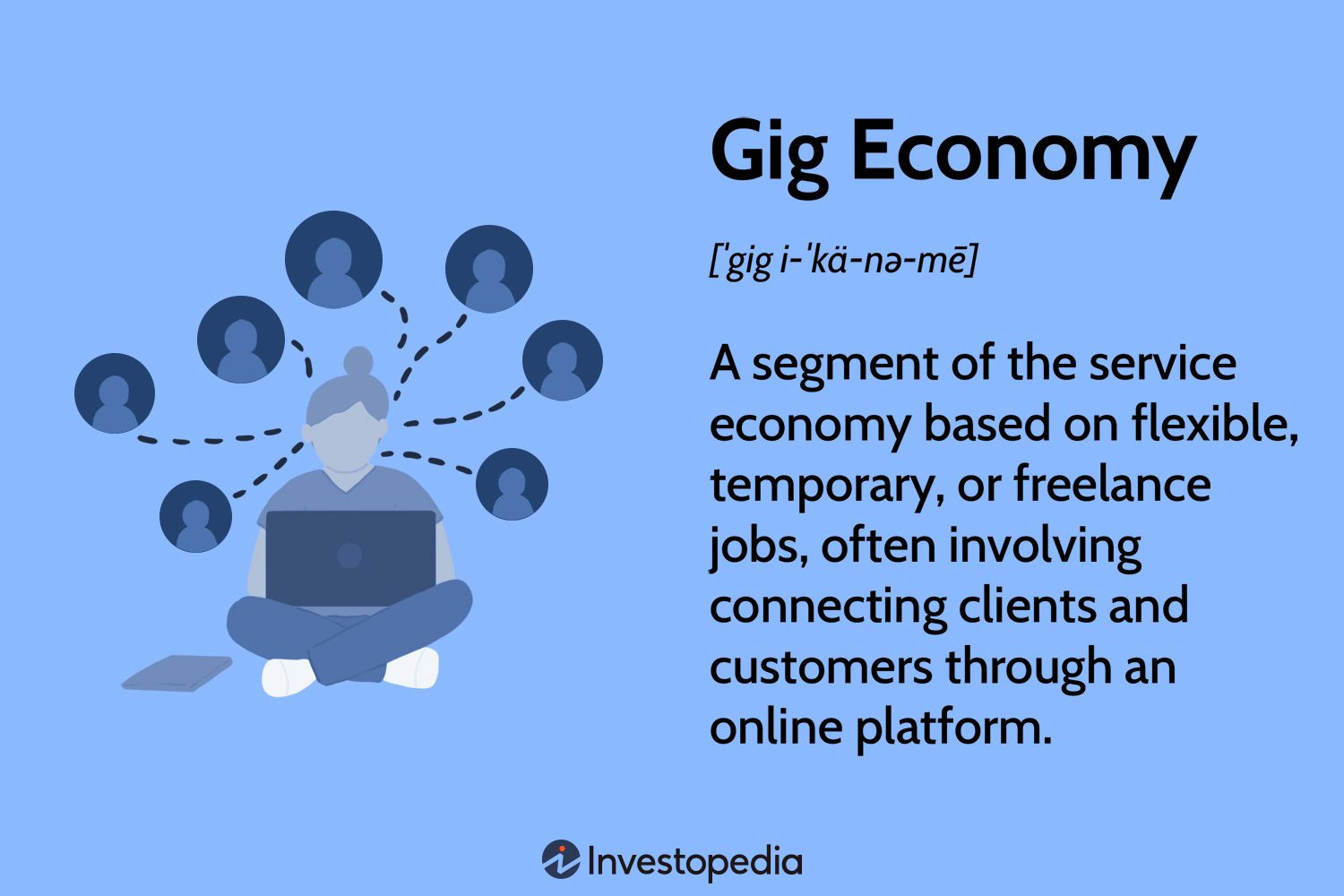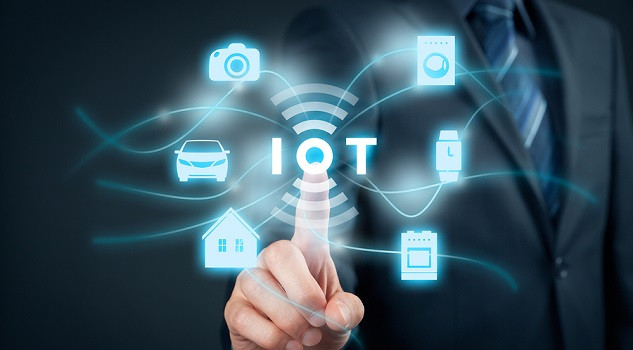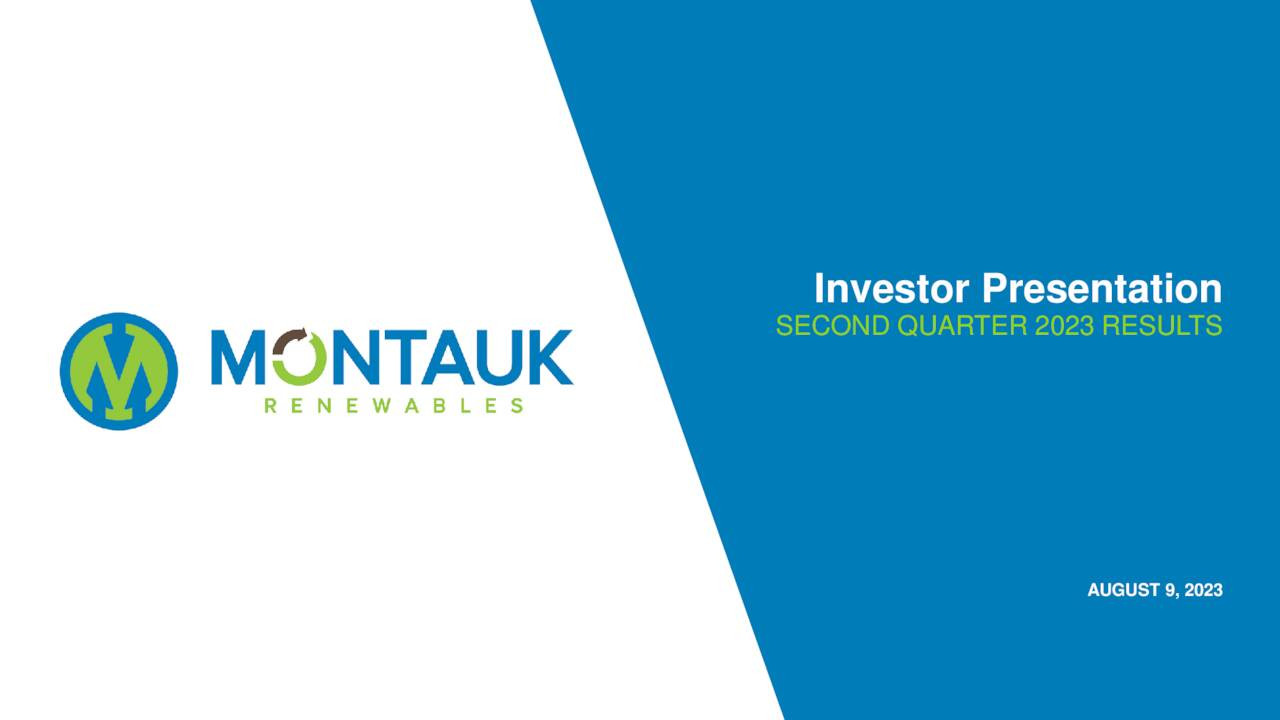The side hustle — and the ancillary streams of income those hustles provide — now is a lifeline in the paycheck-to-paycheck economy, across all income levels.
Earlier this year, PYMNTS reported that 22% of all U.S. consumers work on the side to enhance their cash flow. According to the data, 23% of paycheck-to-paycheck Americans who say keeping up with their monthly bills is a challenge look for active supplemental income. Meanwhile, 26% of workers earning more than $100,000 per year told PYMNTS Intelligence that they worked at least one side-job.
Gig Economy Momentum
Uber's Growth
In Uber’s case, that momentum is evident in the 7.4 million drivers and couriers on its platform in Q2, up from the 7.1 million drivers in the first quarter. CEO Dara Khosrowshahi said on the conference call with analysts that “when there’s a weaker job market, typically, our driver supply on the mobility side significantly improves.”
He noted on the call that average earnings per utilized hour for drivers in the U.S. is $33 per utilized hour, 23% higher than a year ago. Khosrowshahi noted that multi-product consumers spend three times more than other consumers, which in turn continues to feed demand for drivers who pivot between ride-hailing and Uber Eats.
Lyft's Success
Lyft CEO David Risher said during the earnings call that the company has 1 million active drivers in place, with the greatest number of new drivers signing on in the most recent quarter than had been seen since 2019.
“Gig work like driving helps people live their lives on their terms, and that’s why it’s here to stay,” Risher said.
As noted here, Lyft has set an earnings policy where its drivers will always earn 70% or more on fares per week, after external fees. If drivers are ever under 70% at the end of the week, Lyft pays them the difference.
Instacart's Shopper Growth
Elsewhere, Instacart has noted that 600,000 shoppers have been leveraging its platform for income. CFO Emily Reuter said on the earnings call with analysts that, with a nod to shoppers’ earnings, the company is “really continuing to see shopper efficiencies in terms of the payments that we make to shoppers to make deliveries. And that’s driven by our order density at the end of the day, being able to drive batch rates, which really only results from multiple large batches happening at the same store at the same time.”
Fiverr's Freelancing Platform
In our coverage of Fiverr’s results, we noted that the freelancer platform Fiverr saw that active buyers dropped 8% during the quarter, from 4.2 million to 3.9 million. Spending per buyer, however, increased 10%, from $265 to $290. The company said in its earnings materials that the overall addressable market for freelancing in the U.S. is $247 billion.
Why Side Hustles are Thriving
In an earnings season marked by company warnings over softer consumer spending, gig economy companies stood out for their resilience. This resilience can be attributed to several factors:
- Flexibility: The gig economy provides workers with the flexibility to set their own hours and work around their existing commitments. This is particularly attractive to those with families or other obligations, as it allows them to earn income while maintaining a work-life balance.
- Accessibility: Gig platforms are relatively easy to sign up for and require minimal upfront investment. This makes them an attractive option for those who are unemployed, underemployed, or looking for additional income.
- Demand: Despite economic concerns, the demand for gig services remains strong. Consumers continue to rely on platforms like Uber, Lyft, and Instacart for convenience and affordability.
The Future of the Gig Economy
The gig economy is expected to continue to grow in the coming years. This is due in part to the growing trend of remote work and the increasing demand for flexible employment arrangements. The gig economy also offers a path to entrepreneurship for those who are looking to start their own businesses.
The gig economy is transforming the way we work and earn income. It is providing opportunities for millions of people to supplement their income, pursue their passions, and achieve financial independence. As technology continues to evolve, we can expect to see even more innovative gig platforms and business models emerge in the years to come.
Gig Economy: The Future of Work?
The gig economy is a powerful force in today’s workforce. While it offers advantages in flexibility and accessibility, it is important to consider the potential drawbacks of working in this sector. This includes the lack of benefits such as health insurance, paid time off, and retirement plans.
Despite these challenges, the gig economy continues to expand and shows no signs of slowing down. It will be interesting to watch how this sector evolves in the years to come and the impact it has on the traditional workforce.

















